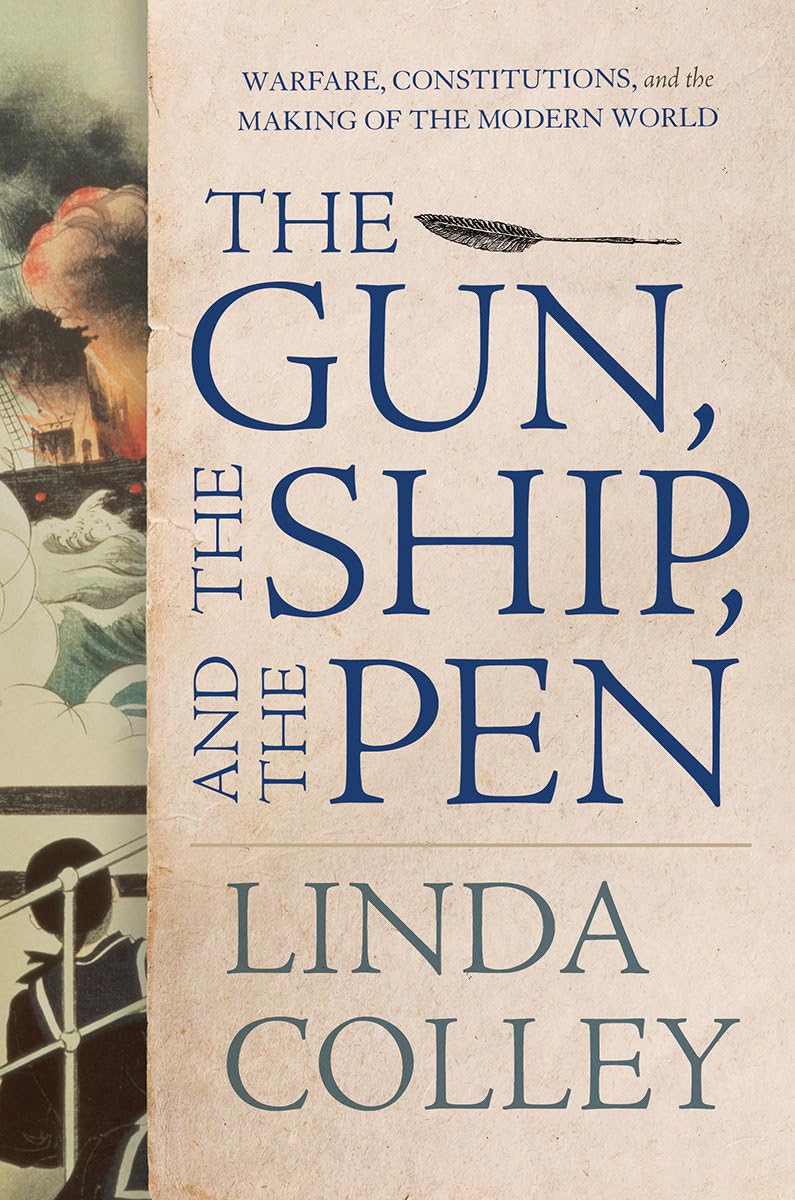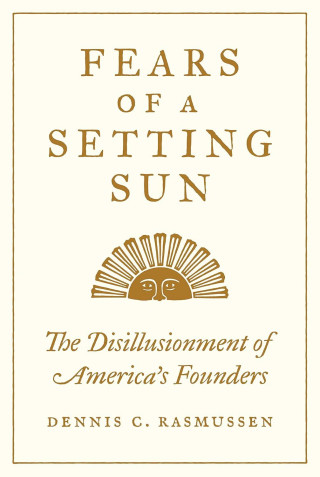Colley doesn’t see it this way. First, she finds the origins of constitution-writing elsewhere—all over the place, really, and often very far from Philadelphia. Second, she thinks it’s important to separate the spread of constitutionalism from the rise of democracy, not least because many nations that adopted written constitutions rejected democracy, and still do. Third, she isn’t convinced that the writing of constitutions was simply driven by the force of an idea; instead, she thinks that the writing of constitutions was driven, in large part, by the exigencies of war. States make war and wars make states, the sociologist Charles Tilly once argued. Colley offers this corollary: Wars make states make constitutions.
Laws govern people; constitutions govern governments. Written (or carved) constitutions, like Hammurabi’s Code, date to antiquity, but hardly anyone read them (hardly anyone could read), and, generally, they were locked away and eventually lost. Even the Magna Carta all but disappeared after King John affixed his seal to it, in 1215. For a written constitution to restrain a government, people living under that government must be able to get a copy of the constitution, easily and cheaply, and they must be able to read it. That wasn’t possible before the invention of the printing press and rising rates of literacy. The U.S. Constitution was printed in Philadelphia two days after it was signed, in the Pennsylvania Packet and Daily Advertiser, a newspaper that cost four pence.
Kurt Gödel pored over the four thousand-odd words of the U.S. Constitution and spotted a logical flaw; Linda Colley has made a meticulous study of constitutions written the world over and discovered patterns in the circumstances in which each was written, distributed, and read. Crucial to the emergence of constitutionalism, she maintains, was the growing lethality, frequency, and scale of war. This began in the mid-eighteenth century, when rulers from China to Persia to Spain found themselves committed to long-distance wars that involved vast armies and navies and cost staggering sums. Early on, Spain paid for these wars with the gold and silver it had plundered from the Americas, on lands stolen from indigenous peoples. The slave trade itself was a feature of the increasing violence and widening scope of early-modern warfare. The Yoruba Oyo Empire conscripted more than fifty thousand soldiers. During a period when the Kingdom of Dahomey was invaded seven times, soldiers from Dahomey seized, in a single year, 1724, more than eight thousand captives. The Dutch, the Portuguese, and the English offset the cost of arms and men by buying and selling and exploiting the labor of—stealing the lives of—African men, women, and children. Most of the rest of the world paid for its sprawling, devastating wars by raising taxes.

